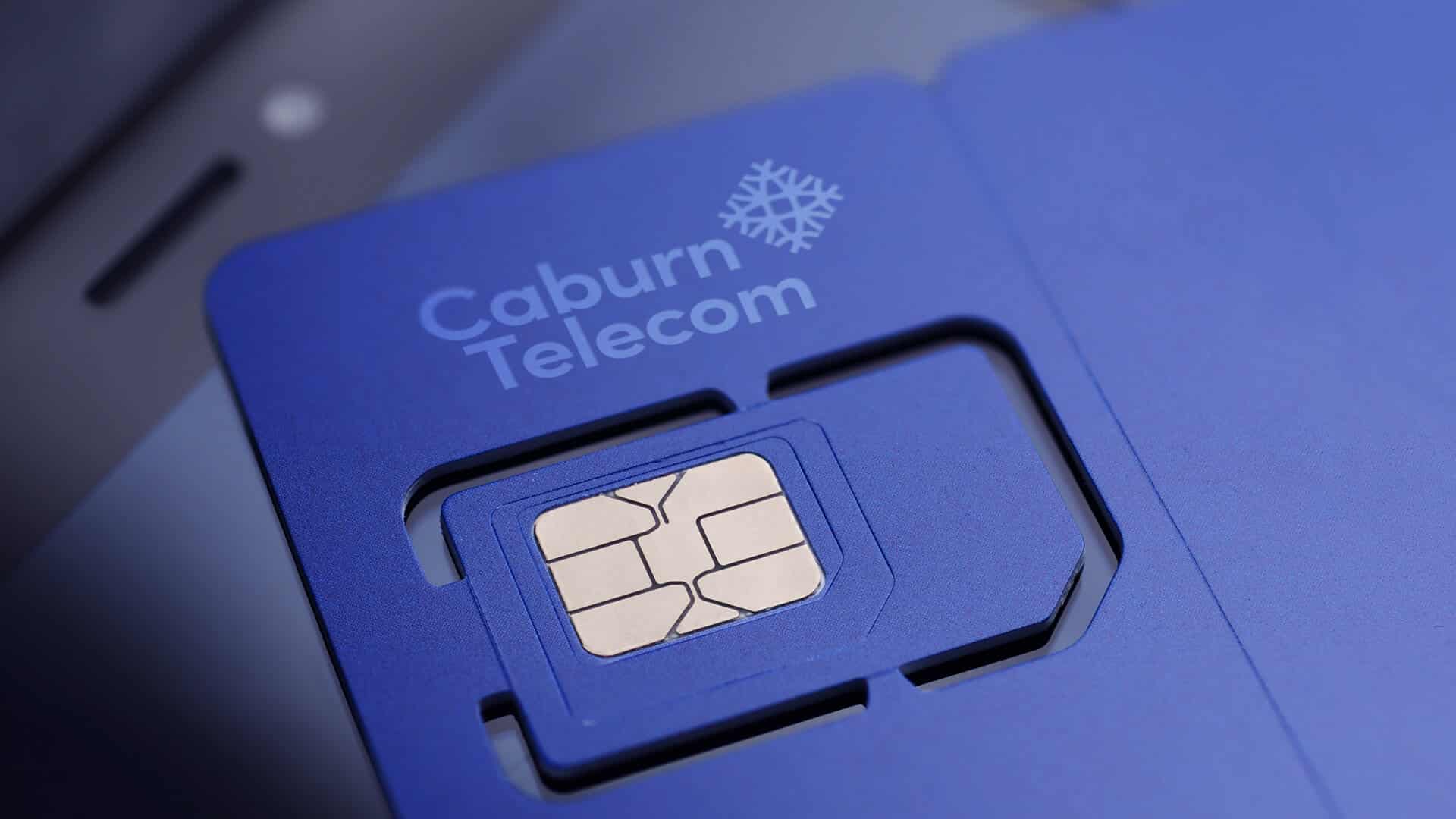The 3G sunset is on the horizon, and many are worried about its implications for connected devices that rely on 3G to communicate with their applications and the wider internet.
But what does the 3G sunset mean for Internet of Things (IoT) SIM connectivity? And will it affect your mobile connectivity? Keep reading this post to find out.
What is the 3G Sunset?
With the fourth generation (4G) and fifth generation (5G) of wireless mobile technology cementing themselves within the world of connectivity and becoming widely available, operators worldwide are deciding to turn off their 3G networks.
Known as 3G sunsetting, this process involves switching off 3G networks and replacing them with the more advanced 4G and 5G networks. The process has been planned for many years and has already occurred in many countries.
Why are 3G networks being switched off?
A key reason for the sunsetting or retirement is that a 3G network is not as technologically advanced, fast, reliable, or energy effective as its 4G or 5G counterparts. 3G networks are also costly to maintain for operators. Some are also looking to farm their spectrums for other uses.
3G networks have been around since 2003, and thus their technology is becoming increasingly outdated. This is especially noticeable when compared to 4G and 5G networks which offer faster connection speeds, better transmission capacity, and provide far more connectivity advantages over 3G for many consumer and IoT devices.
When are different providers switching their networks off?
Europe witnessed its first 3G sunset back in 2015, with a Danish operator being the first to turn off its mobile 3G network. By 2025, 19 operators across 14 countries will have switched off their 3G networks, but only eight countries are planning on shutting down 2G networks at the same time.
Changes have already begun within the world of UK mobile connectivity. All UK mobile networks have committed to not offering 2G or 3G services beyond 2033, and have confirmed this with the Government. However, some mobile networks in the UK have already begun their switching-off process so they can focus on strengthening their 4G and 5G networks.
- The Vodafone 3G sunset has already started, with all their networks due to switch off by December 2023. This will also affect those on Lebara (https://www.lebara.co.uk/en/help/phone-devices/3g-switch-off.html, 2023) Mobile, Talk Mobile, VOXI and Asda Mobile.
- Three have stated they aim to switch off by the end of 2024. The Three shutdown will also affect those on Smarty, iD Mobile, Superdrug Mobile and Freedompop.
- EE has also planned their 3G shutdown for 2024. Those on BT Mobile, Utility Warehouse, Co-op, 1p Mobile, Plusnet and Ecotalk will be affected by this change.
- O2 is yet to announce their switch-off plans. Those on Tesco Mobile, Sky Mobile, Virgin Mobile, Giffgaff and Lycamobile will be affected by this sunset.
Most US 3G networks have already experienced their sunset, with 3G shutdowns from major operators occurring at the end of 2022.
Meanwhile, Asia is looking at retaining their 3G networks but shutting down their 2G networks instead to make room for 4G. It’s expected that by 2025 over 29 operators will shut down their 2G networks and 16 operators to close their 3G networks. Taiwan is the only market in which both 2G and 3G will shut down, while Indonesia and Malaysia are both planning on closing their 3G networks before the 2G networks.
Africa is an interesting market, however, as their 2G market far outweighs that of its 3G market. Basic feature 2G connected phones comprise 42% of all devices and end-users in Africa, with lower network costs being regarded as a key incentive to remain on this network. However, South Africa has recently announced that by mid-2024 all 2G networks will be switched off, shortly followed by all mobile 3G networks by March 2025.
Will I be affected by the 3G sunset?
Any device that requires a 3G network to work will cease to be functional following the 3G shutdown.
Although your provider will tell you if you will be affected by the changes, those using an older device that doesn’t allow them to use 4G or 5G will need to switch devices in order to maintain connectivity. This can include mobile devices, tablets, 3G telematics hardware and 3G IoT devices.
If unprepared, these changes could have serious consequences on an array of industry sectors that rely on 3G, including supply chains, schools, governments and fleet management.
For example, ill-prepared fleet managers could lose connectivity to driver and vehicle data and be unable to:
- Track a vehicle’s location
- Monitor the vehicle’s health
- Record hours a driver’s hours of service.
Were this to happen, fleet managers would risk serious compliance violations and would be punished accordingly.
The benefits of 4G and 5G
Those on a 2G/3G mobile network will see major improvements by transitioning to a 4G or 5G network, including:
- Much faster connection, with 5G potentially being 100 times faster than 4G.
- Higher bandwidth
- Improved reliability
- Extended coverage
What does the 3G sunset mean for IoT connectivity?
The impact of the sunset goes far beyond 3G phones losing their mobile data connection.
Connectivity is the most important thing for IoT SIMs. Many legacy IoT devices still use IoT SIM cards which are using a 2G or 3G network for their connectivity in 2023. Of course, this limitation is due to the build of the device and not the SIM card, which if placed in a 4G compatible device would work on those networks.
2G and 3G wireless connection networks both struggle from shrinking regional and national coverage, putting a device’s essential connectivity at risk. Although some 3G and 2G networks have retired, there are IoT applications continuing to operate on 2G and 3G networks, especially within legacy product, device or long-standing associated commercial operations.
Unfortunately, network retirements makes IoT operations more costly and complex for longer term deployments. While replacing or upgrading IoT systems will inevitably add cost to your operations, attention must be paid to the effectiveness and efficiency of your IoT solution to ensure the intended use and longevity matches local network operators plans.
While 4G and 5G networks are perceived as the obvious next step for many IoT devices operating on 2G or 3G, these systems may limit IoT devices and where they can be placed. This is because the basic radio frequency and propagation effects of higher bandwidth/higher frequency systems does lead to higher attenuation of radio signals with distance from the antenna or mast.
For these reasons, some modern IoT solutions are beginning to use LTE-M or narrowband IoT (NB-IoT). These technologies are designed specifically for IoT devices, offering a low-cost solution that consumes less data and provides a longer battery life. Additionally, these IoT connectivity solutions can operate in hard-to-reach locations, such as underground or in remote areas.
LTE-M, in particular, seems to be the obvious replacement for 2G and 3G IoT operations given its long lifecycle of over a decade and exceeding technical characteristics of 2G/3G services.
Meanwhile, NB-IoT may be preferred for use cases with lower data performance requirements due to its lower responsiveness and limitations in mobility. For example, any device with low power consumption and deep indoor coverage may benefit from NB-IoT the most.
LTE-M, however, has the clear advantage of enabling handover between cells, which makes it more applicable for IoT applications such as waste containers or vehicles that will move to some extent.
How to prepare for the 3G sunset
The sun may be setting for 3G in many areas and regions, but there is a new dawn of connectivity technologies on the horizon for many IoT service providers. The choice between low-power and high-bandwidth networks means that the needs of IoT devices and multiple use cases are for the first time, built into the network standards.
The key question, however, if you are solely reliant on 3G due to the limited functionality of your IoT devices, is what can you do to ensure that your 3G IoT device is prepared for the 3G sunset?
The best way to protect your 3G device, and avoid any potential disruption to your IoT operations is to plan ahead and know what’s next for IoT connectivity. This is achieved by:
- Evaluating devices installed by functionality and region.
- Assessing their use cases and likelihood of moving between countries.
- Compiling a 3G device inventory to see how many devices currently operate on inefficient networks or are suffering from degrading performance.
- Evaluating network providers and regional network plans.
- Evaluating your (and new) device providers and their product development and replacement roadmap.
- Concluding a 4G, 5G, LTE-M or NB-IoT transition plan to ensure minimal downtime or effective device replacement for your services or customers.
- Communicating these changes and providing relevant training where applicable.
What’s more, knowing how to sell an IoT project to your board can make this process much more seamless to avoid any downtime.
Get 3G sunset ready with Caburn Telecom
Being an industry leader in IoT connectivity solutions, Caburn Telecom is dedicated to supporting our customers and partners with their IoT operation, providing the most optimal connectivity solution for their needs, including Three and EE.
Trusted by hundreds of customers globally, we provide effective and efficient IoT solutions for some of the world’s biggest IoT service providers. We also work closely with the major Mobile Network Operators to deliver long-term and sustainable connectivity solutions for our clients with long-term assurances, agreements and obligations.
To discover more about particular aspects of regional 3G sunsets, and the deployments of LTE-M, NB-IoT or more general IoT connectivity, please contact us at Caburn Telecom today.


